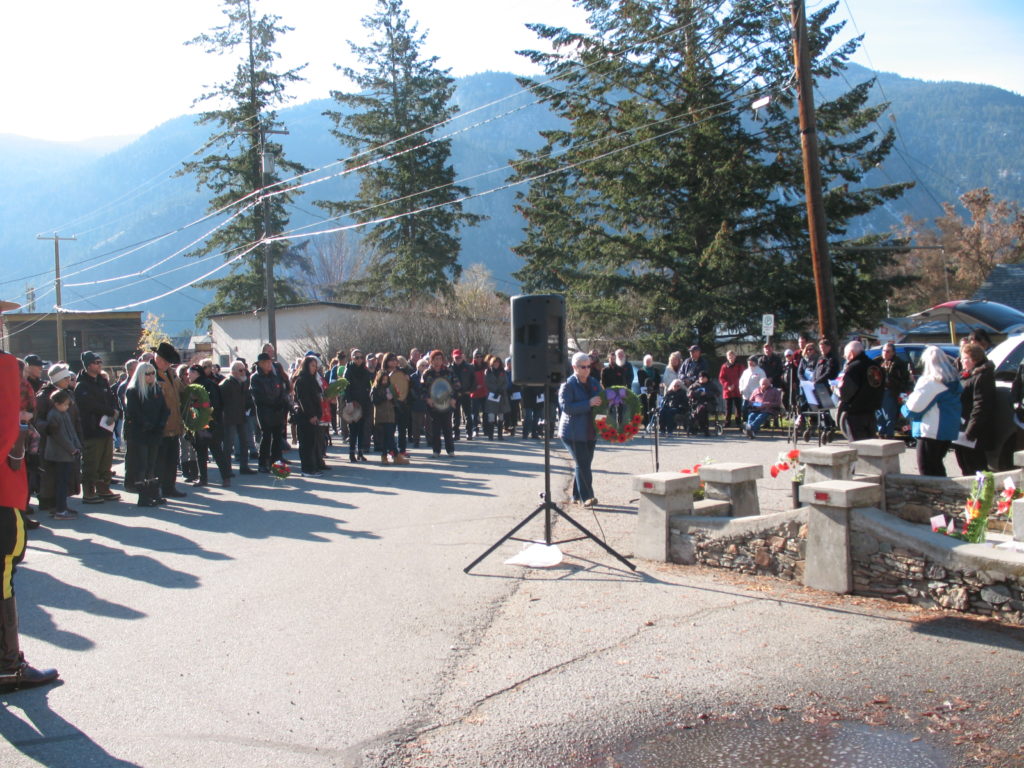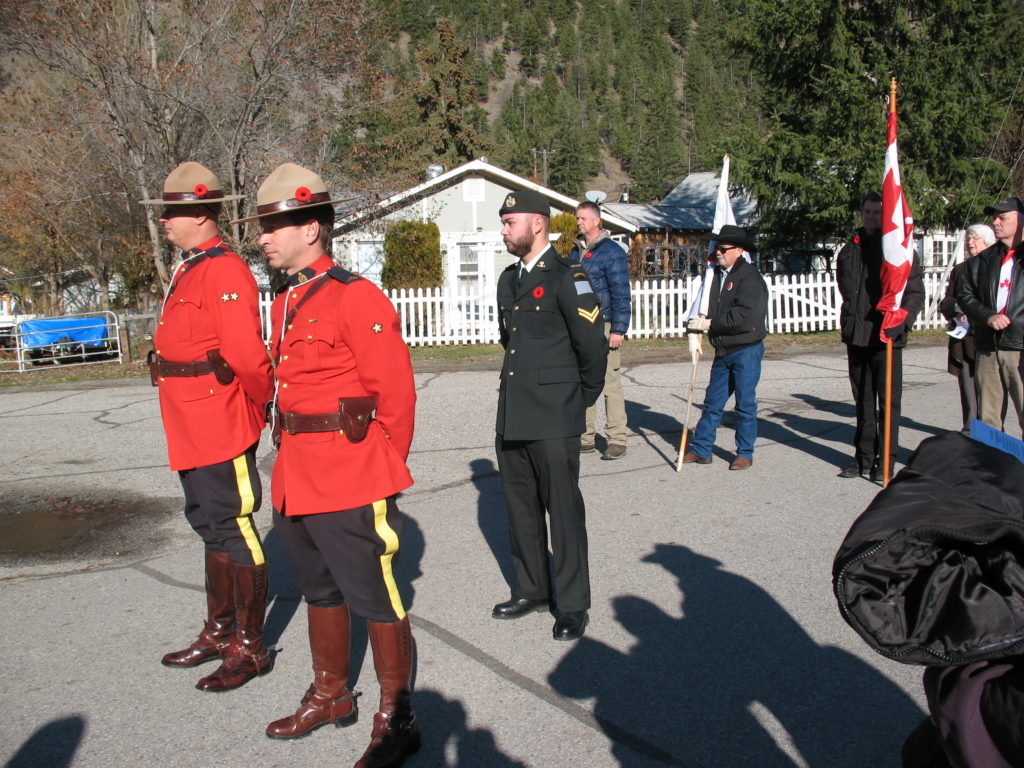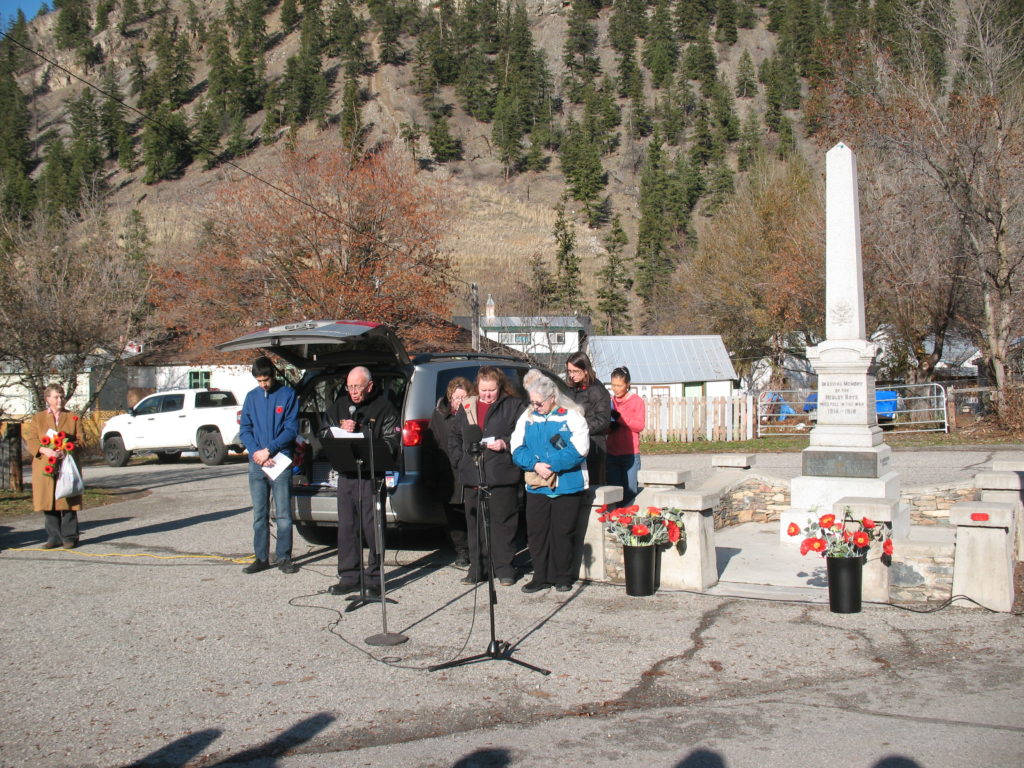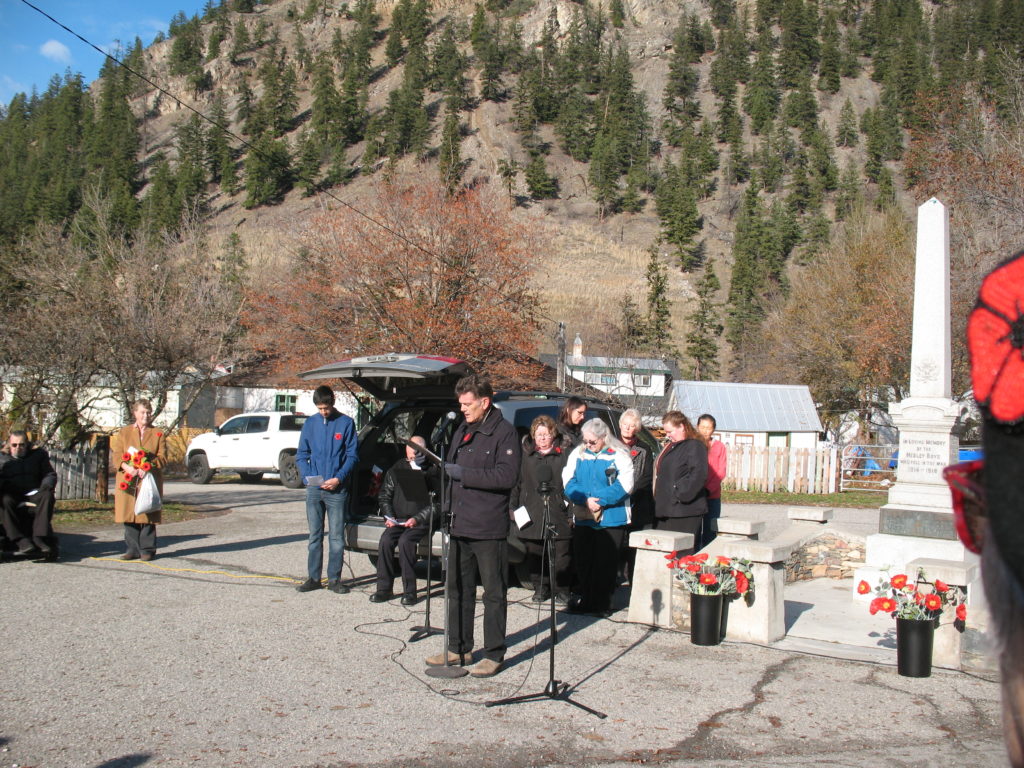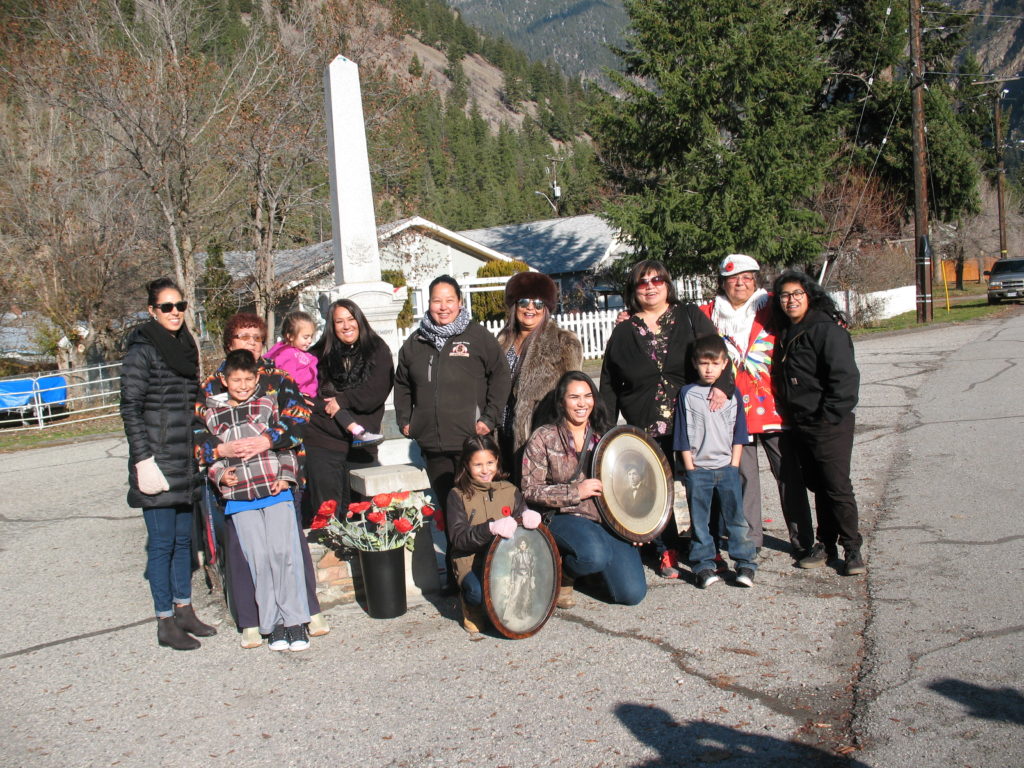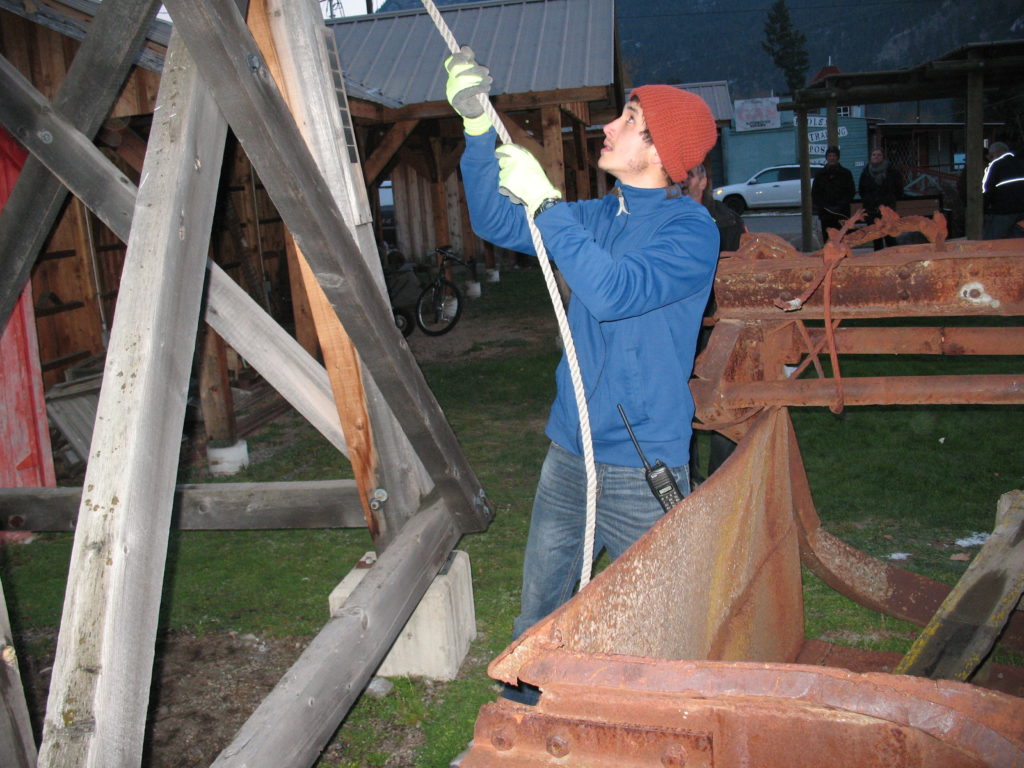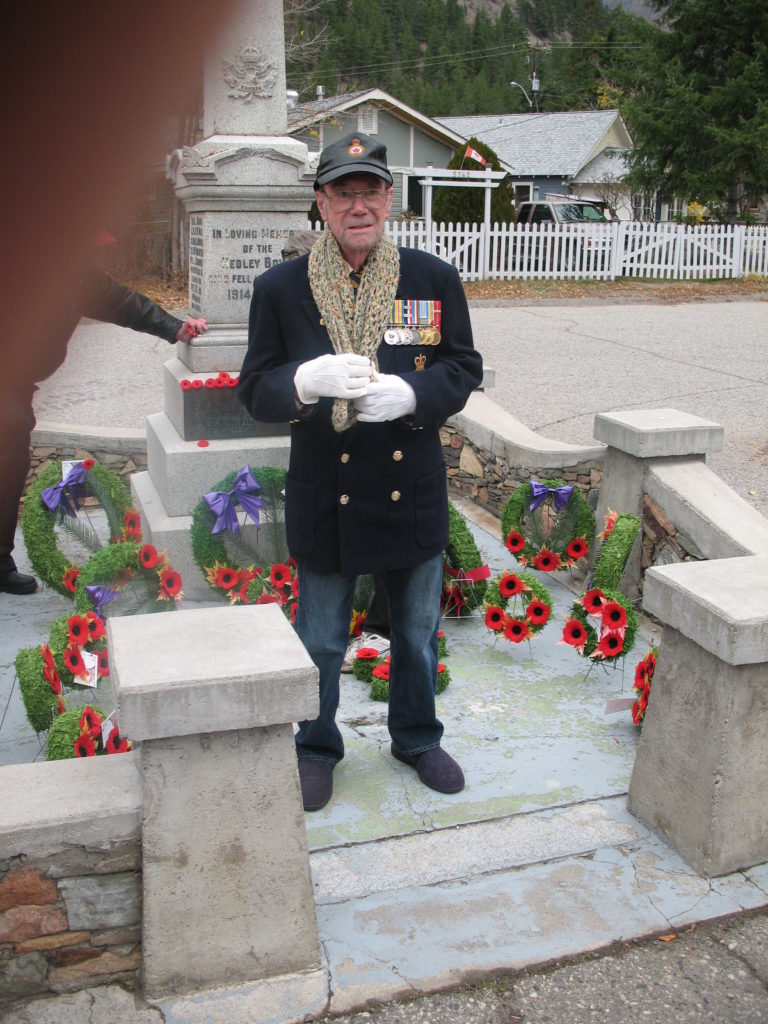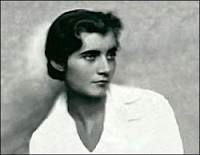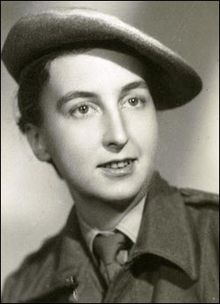
I was impressed, and also puzzled, by our Prime Minister’s eloquent address to the Paris Peace Forum recently. He said, “When people believe the institutions can’t protect them, they turn to easy answers like nationalism and populism, closing borders and xenophobia.” He may quite legitimately have had in mind our neighbours south of the 49th Parallel, but some of his government’s policies could soon have a similar effect here.
In March of this year the Canadian government introduced Bill C-75 with the intention of “hybridizing” 131 indictable criminal offences. According to former Minister of Justice, Rob Nicholson (Cons.), “The government is essentially watering down very serious criminal charges by adding a possible summary conviction as a prosecutorial option. This could result in a penalty as low as a fine for what was an indictable offense with a penalty up to 10 years.” Inexplicably, big city media have given scant attention to this 302 page omnibus bill, but if passed, it could undermine the protections of the value system that undergirds our way of life.
In a submission to the House of Commons, Professor Christian Leuprecht of Royal Military College and Queen’s University, emphasized the far reaching nature of the Bill. “The classification of an offence,” he said, “has long been understood to signal how serious the offence is; implicitly, then, hybridization sends a message that these offences are now less serious than they used to be.”
Most of the changes may not create problems, except for further clogging the provincial courts. Others though will dilute what was guaranteed in the Canadian Charter of Rights and Freedoms. The Charter, as most Canadians know, was bequeathed to us by an earlier Trudeau, the father of our current Prime Minister.
Before we offhandedly decide this isn’t important to our cozy lives in a nation that experiences relatively little serious turmoil, we really should look at several offences targeted for hybridization. One of the most troubling is sexual exploitation. According to the U.S. State Department’s 2017 Trafficking in Persons Report, “Canada is a source, transit and destination country for men, women and children subjected to sexual trafficking.” The possibility of lenient sentences would almost certainly exacerbate an already unacceptable situation.
Equally disturbing is the plan to hybridize abduction of children under age 16. Having spoken in recent months with several mothers who have lost children to international abductions, I have a sense of the deep heartache they and their families continue to experience. One told of the pleading of her children in court, expressing their fear they would be taken to another country and never be permitted to return. The Charter guarantees everyone “the right to life, liberty and security of the person.” To reclassify abduction of children and try it as a summary offence seems contrary to this guarantee.
Another proposed change is also incomprehensible. At a time when houses of worship in both Canada and the U.S. have come under serious physical attacks, the government intends to hybridize “obstructing, or violence to, or arrest of officiating clergy.” A similar attempt was made a year ago with Bill C-51. More than 65 leaders from faith organizations including Muslims, Buddhists, Sikhs, Jews and Christians signed a letter opposing it. Thousands of ordinary citizens sent letters protesting the bill. Now the government is trying again. This seems to suggest a lack of regard for religious leaders and their followers.
I spoke by phone last week with David Guretzki, Vice President of the Evangelical Fellowship of Canada (EFC), located in Ottawa. EFC has longterm relationships with public policy officials, and is at times invited to speak to Parliamentary standing committees regarding significant social issues. I have found their perspective to be fair minded. “It is EFC’s opinion,” he said, “that some of the proposed changes devalue human life and dignity, care for the vulnerable, and freedom of religion.”
If Bill C-75 passes in its present form, criminals of various kinds will almost certainly be heartened and emboldened by the prospect of lighter penalties. We could then all become more vulnerable, and have less faith in our institutions to protect us. Only a massive protest by Canadians will persuade the government to rethink this Bill and assure us that Charter rights still are for all citizens.


